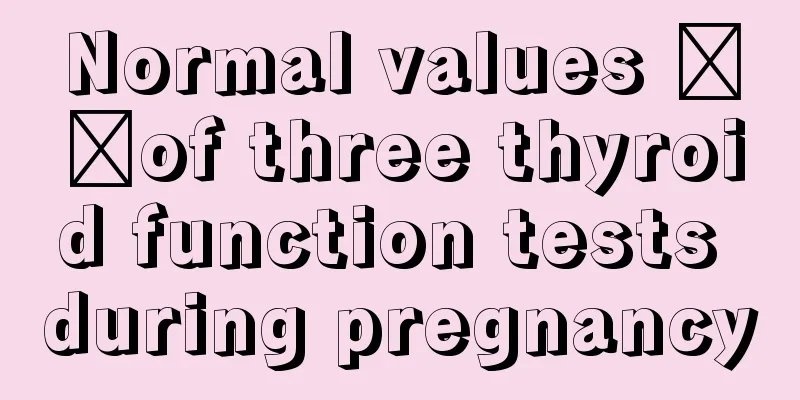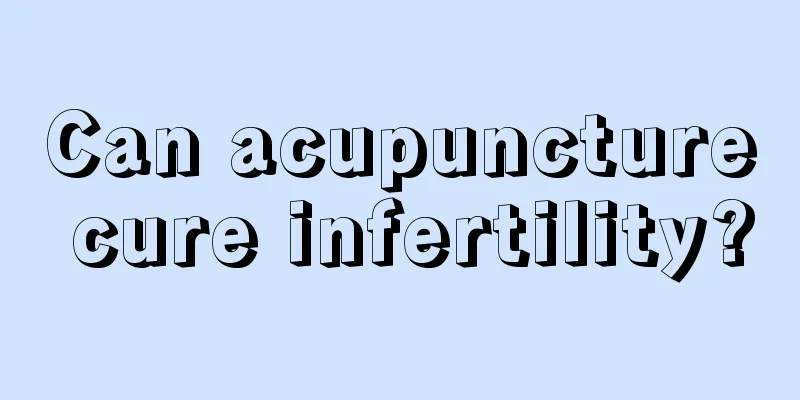What are the dangers of subserosal uterine fibroids?

|
Uterine fibroids are a common disease that is extremely harmful to the female body. For women with subserosal uterine fibroids, active treatment is necessary, otherwise it will have a great impact on the body. Although subserosal uterine fibroids are benign tumors, they still have different symptoms. So what are the dangers of having subserosal uterine fibroids? 01 Symptoms Uterine fibroids are a relatively common disease, and once you have this disease, there will be symptoms of adhesion and inflammation. For patients with subserosal uterine fibroids, they will feel uncomfortable. It is also recommended that patients with uterine fibroids do not eat spicy food. The patient had symptoms of torsion of the subserosal uterine fibroid pedicle, so intestinal adhesions would further develop. Then the patient will have symptoms of intestinal bacterial infection, and the patient's inflamed fibroids will adhere to the uterine appendages. At this time, the patient with submembranous uterine fibroids will develop purulent inflammation. Patients with subserosal uterine fibroids are more uncomfortable and painful. Patients with subserosal uterine fibroids will bleed, and then the pathogenic bacteria in the body will invade the patient's uterine cavity organs, causing gynecological inflammations such as adnexitis and pelvic inflammatory disease. 02 Notes: Patients with subserosal uterine fibroids feel relatively uncomfortable and require active treatment. And the patient should not eat spicy food. The patient had symptoms of torsion of the subserosal uterine fibroid pedicle, so intestinal adhesions would further develop. 03Hazards: Fibroids growing in the lumen of the fallopian tube can cause the fallopian tube that benefits from its surface to stretch and twist, squeezing the lumen and affecting its patency, or displace the ovary, widening the distance between the ovary and the fallopian tube, and hindering the egg-collecting function of the fimbria of the fallopian tube. Uterine fibroids can cause the frequency, amplitude and duration of uterine contractions to be higher than the normal baseline, interfering with the implantation of the ovum or causing miscarriage after implantation. When fibroids are accompanied by uterine periosteal hyperplasia, it means that the ovaries do not ovulate. The fibroids cause uterine bleeding, infection, and blockage of the fallopian tubes, all of which can cause infertility. |
<<: What should I do if I get uterine fibroids after pregnancy?
Recommend
Can I drink monk fruit soaked in water during menstruation?
For ladies who pursue beauty, monk fruit is a goo...
What is the cause of itchy vaginal discharge and tofu residue in the lower body?
Gynecological diseases have always been a headach...
Dizziness on the first day of menstruation
On the first day of menstruation, women will expe...
Can pregnant women eat Panax notoginseng?
After giving birth, the mother's body is over...
The leucorrhea is particularly sticky and looks like snot
During the ovulation period, female friends will ...
Do you know what sleep apnea syndrome is?
“Hulu, hulu” Do you often hear someone snoring wh...
How many days does it take for a cervical biopsy to yield results?
We all know that having gynecological diseases is...
Why does this "rich disease" prefer men?
In addition to humans, primates, birds and reptil...
Can I eat grapefruit during menstruation?
Huyou is actually a kind of grapefruit, so the nu...
When is a woman most likely to conceive? Grasp the best time to prepare for pregnancy
After getting married, many couples start prepari...
How long after curing the uterus can I do moxibustion
For women who have an unexpected pregnancy, they ...
A woman dreams of losing her hair
You may dream of all kinds of strange things. Som...
How can women enhance their sexual ability?
Whether the life of a couple is harmonious often ...
Irregular contractions for four days.
Irregular uterine contractions depend on the stag...
What to drink during menstruation
Many women love and hate menstruation. Generally ...









